Photo report commemorating commandos at the grave of August Bakhuis-Roozeboom
Every year, Dutch commandos hold a short commemoration at the grave of August Bakhuis-Roozeboom at the Airborne cemetery in Oosterbeek. Commando Bakhuis Roozeboom of No. 2 (Dutch) Troop was one of twelve Dutch commandos attached to the British 1st Airborne Division during the Battle of Arnhem. On September 19, 1944, Bakhuis-Roozeboom was killed when the Jeep he was in was struck at Oosterbeek Laag station.
Silent March White Ribbon Mile
On the night of September 25 to 26, 1944, the men of the 1st British Airborne Division crossed the Rhine from the perimeter in Oosterbeek. The wounded must be left behind. After nine days of fighting, this ended the Battle of Arnhem.
Amazon Books (EN)
Help TracesOfWar.com by buying books via this link. It won't cost you anything extra.
Photo report unveiling memorial plaque Albert Willingham
On September 20, 2024, a plaque was unveiled at the house at Annastraat 2 in Oosterbeek in memory of soldier Albert Willingham. On September 20 and 21 1944, this house was the headquarters of the 10th battalion of the Parachute Regiment that defended this part of the Oosterbeek perimeter. Civilians and soldiers took shelter in the basement. When a German soldier threw a hand grenade into the cellar, soldier Albert Willingham protected the civilians by shielding them by standing in front of the hand grenade. Albert was killed and was buried shortly afterwards in the garden of this house. After the war he was reburied at the Airborne cemetery in Oosterbeek.
Photo report Airborne Memorial Service Oosterbeek
The Airborne Memorial Service was held this morning at the Airborne Cemetery in Oosterbeek. It was very busy because of the 80th anniversary, the nice weather and the royal visit of Her Royal Highness The Princess Royal from England.
Photo Report Two funerals at the Airborne Cemetery in Oosterbeek
On Wednesday, September 18, 2024, two soldiers who fought during the Battle of Arnhem were buried at the Airborne cemetery in Oosterbeek: Private Moon and Lieutenant Anderson. Two British soldiers were buried with military honors in Oosterbeek 80 years after they went missing.
Photo Report Airborne Commemoration Oosterbeek
On the morning of September 17, the annual commemoration took place at the Needle memorial in Oosterbeek. It is exactly 80 years ago that the first Airborne soldiers landed on Dutch soil for Operation Market Garden. Due to the anniversary year, there are more events and significantly more visitors are expected.
Researching his father’s WWII history became a passion for Steve Snyder
On February 8,1944 a B-17 ‘Susan Ruth’ was knocked out of the sky by German fighters over the French/Belgian border. Some men died. Some were captured and became prisoners of war. Some men evaded capture and were missing in action for months before making it back to England. Pilot Howard Snyder survived and was hidden by Belgian citizens before joining the French resistance. His son, Steve, has written a book about his father and the other crew members, titled Shot Down. We asked him some questions by e-mail about his book and further activities in relation to the legacy of his father and his crew.
The crew of the 'Susan Ruth'. Source: Steve Snyder, Shot down
What kind of man was your father? In your youth, did he tell you about his war experiences?
My father was a big guy (for the time at 6' 2½) and a rugged, no-nonsense guy. He was a strong Christian with strict morals and viewed things as black and white. My sisters and I compared him to John Wayne. He was a loving husband and father, and we had a wonderful relationship and were very close.
Like most WWII veterans, he didn’t talk a lot about the war until 1989. The Belgian-American Foundation erected a memorial to my dad and his crew in Maquenoise, Belgium near the French border near where his B-17 came down. He and the other three members of his crew who were still alive and their wives attended the dedication ceremonies. There, he was reunited with Belgian people who hid him from the Germans and revisited places where he was hidden. The memories all came back, and he started talking about it. Five years later in 1994, I made my first trip to Belgium when my wife and I accompanied my parents to attend ceremonies for the 50th anniversary of the liberation of Belgium and my dad’s plane being shot down. That’s when it became personal for me.
Who was the owner of the photo album from Dachau?
Bruce Sadler's father was a soldier in the US Army during World War II. He was active in the European Theatre of Operations and brought back from Germany a photo album that currently puzzles his son. Who was the original owner and how did it end up in the location where his father found it? The search caught our attention and we asked Bruce Sadler some questions about it via e-mail. The photos can be viewed on Flickr.
The British people welcomed African American servicemen with open arms
‘Black Yanks’, written by Kate Werran, is the story of how Leroy Henry, an African American soldier from Missouri, ended up on death row in D-Day Britain – and the extraordinary campaign that set him free. It unravels one of the earliest successes of the British Civil Rights Movement and re-examines the UK and USA's 'special relationship' in the build up to D-Day, 6 June 1944. Kate Werran unearths archival material to reveal the story behind the first significant – if uncelebrated – win in the civil rights movement. We asked her some questions by e-mail about her book that was published April 2024.
Photo Report Standing with Giants British Normandy Memorial
The British Normandy Memorial inaugurated on June 6, 2019, the 75th anniversary of D-Day, can be found just outside the village of Ver-sur-Mer. From this spot one overlooks Gold Beach, one of the two beaches where British troops landed on June 6, 1944 (D-Day). On the columns of the memorial are listed the names of 22,442 British- and British-commissioned soldiers who fell in Normandy between June 6 and August 31, 1944.
"There seems to never be an end to cool historic places to cover"
‘Walk with History’ is a popular YouTube channel run by married couple Jenn and Scott. Jenn is a historian and former Navy pilot with a Master’s Degree in American History and a certificate in Museum Studies, while Scott, a Navy officer, produces the videos and podcasts for ‘Walk with History’ and ‘Talk with History’. We’ve emailed them several questions about their social media activities and they were kind enough to answer them for us.
Black pilots had to fight for every step forward
The Tuskegee Airmen were black American pilots who served in the Army Air Corps during the Second World War. However, before earning their wings, these men and women needed to prove themselves to their white countrymen. After all, the racism prevalent at the time meant that black Americans were deemed unsuitable for the demands of modern war. In Tuskegee Airmen: Dogfighting with the Luftwaffe and Jim Crow, the inspiring history of these men is recounted detailing the struggles the men faced at home and abroad. We asked the Dutch author Samuel de Korte some questions by e-mail about his book.
Band of Brothers actors to parachute into Normandy for D-Day
Stars of the hit HBO show are taking on a real life parachute jump as part of D-Day commemorations.
4,500 crashes in Scotland on more than 700 pages
During the Second World War Scotland was a key location for many of the Allies’ defensive and offensive activities. It was also important for the training of aircrew and maintaining air and sea lines of communication with Allied nations. Scotland’s ports, factories and cities were important targets for the Luftwaffe, while adjacent seas had to be traversed by German capital ships and U-boats seeking to interdict Allied trade convoys and warships. These activities came at a heavy price by way of lives lost and aircraft destroyed in crashes not just on airfields but on low and high ground and in the seas around Scotland, the rest of the British Isles and further afield. Keith Bryers wrote a book about this subject, Scotland's Wartime Aircraft Crashes, that has now been published by Aviation Books Ltd[/url]. We asked the writer some questions about his book by e-mail.
Kolberg, 1945: Evacuation from a besieged city
From 4 to 18 March 1945, Kolberg was besieged by troops of the Red Army and the Polish People's Army. The German seaside resort on the Baltic coast had not seen war since 1807. Back then, the siege by Napoleon's troops had ceased after an armistice was signed between France and Prussia. The propaganda film 'Kolberg' about this siege, premiered as recently as January 1945, was supposed to encourage Germans to hold out even now. They would not succeed, but until 17 March almost the entire civilian population was evacuated from the city by fishing, merchant and naval vessels by sea. Below is an excerpt from Kevin Prenger's book ' Hitler’s Last Chance: Kolberg' about this evacuation.
G.I. Stories 1941-1945 wants to bring the story of the American soldier to a larger audience
John J. Capasso runs the Instagram account @g.i.stories41_45, which is also the name of a series of booklets published between 1942 and 1945 by the US Army magazine Stars and Stripes about the Second World War. John also posts clips on YouTube and Facebook under the same name. G.I. Stories is one of the better history accounts and it frequently uploads high-quality content about American soldiers during the Second World War. He has more than 10,000 followers and posts content daily. We’ve emailed him some questions and he was kind enough to answer them.
Order a book at Pen & Sword Books and support us
You have probably heard of Pen & Sword Books. This British publisher has a wide range of books on war history. It has also published some books written by our volunteers, such as 'The 614th Tank Destroyer Battalion' by Samuel de Korte and 'Hitler's Last Chance' by Kevin Prenger. When you buy one or more books from Pen & Sword's webshop via this link, TracesOfWar will receive a commission for it. This way you support us and have a good read at the same time! Save the link to your favourites if you use it more often.
Hitler's last propaganda film premiered 79 years ago
January 30, 2024 marks the seventy-ninth anniversary of the premiere of Hitler's last propaganda film. The title of this film directed by German director Veit Harlan is Kolberg. The subject is the 1807 siege of the German city of the same name on the Baltic coast by Napoleon's troops. The Prussian army, supported by a civilian militia, had then held out for months against the besiegers. The film story was intended to inspire and encourage Germans in early 1945 to keep up the fight. The film and the rise and fall of the German town of Kolberg are the subjects of Kevin Prenger's latest book Hitler’s Last Chance: Kolberg. The following is an excerpt from his book. It is about the making-of of the film.
Mike Sadler, desert navigator who guided WWII commandos, dies at 103
The stars, sun and surveyor’s instruments were his only tools to lead British special forces through the North African desert during World War II.
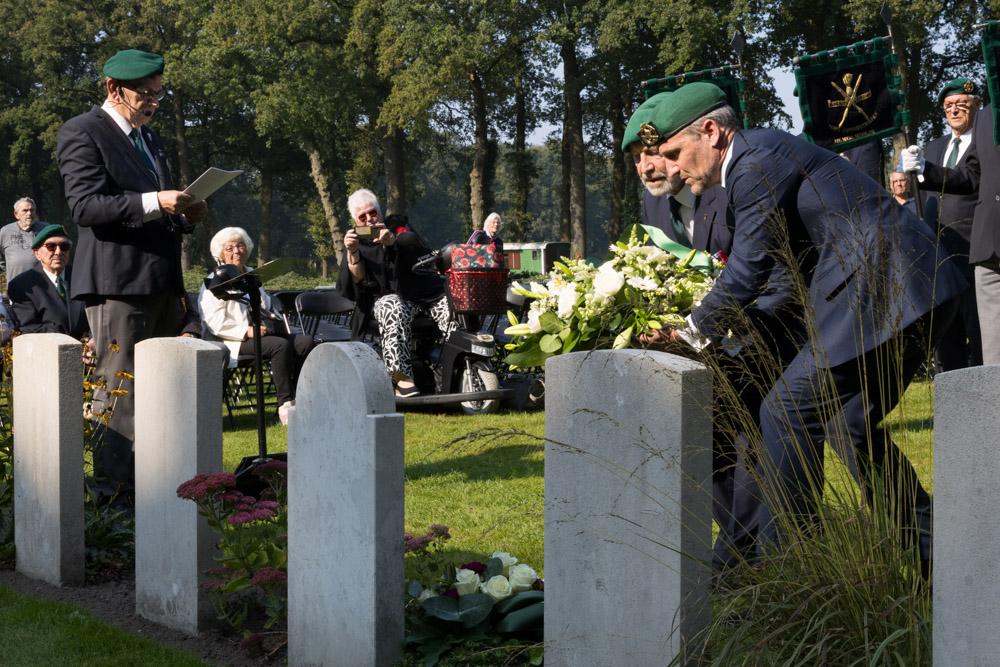
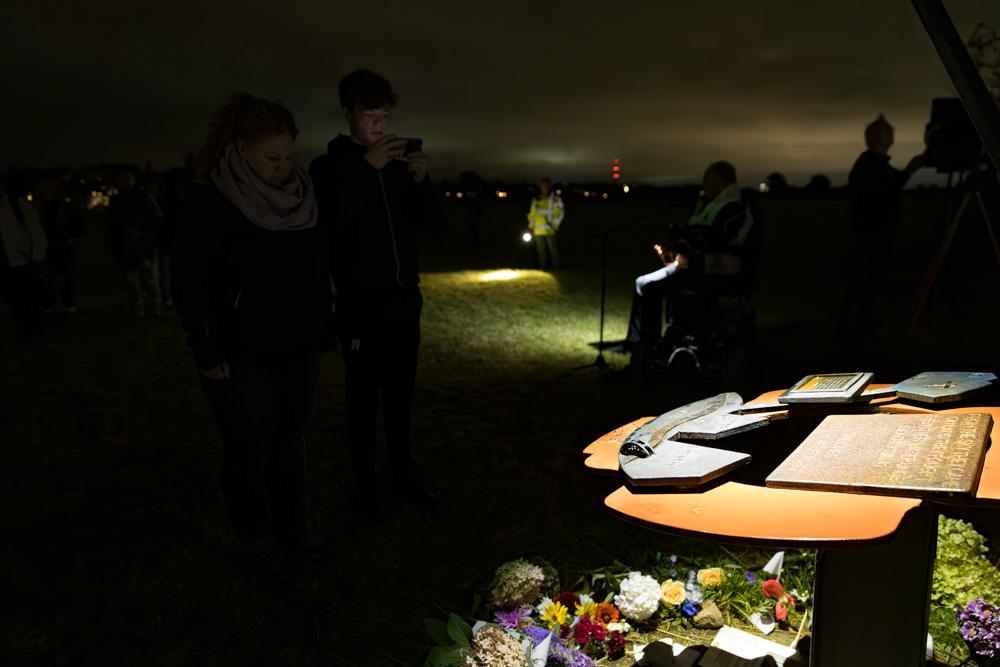

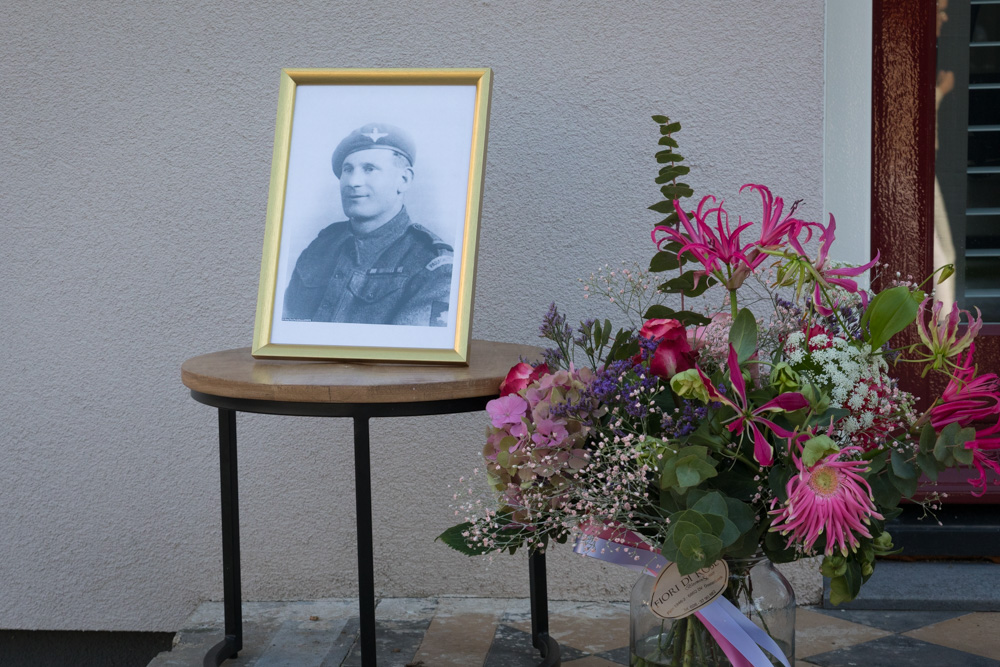
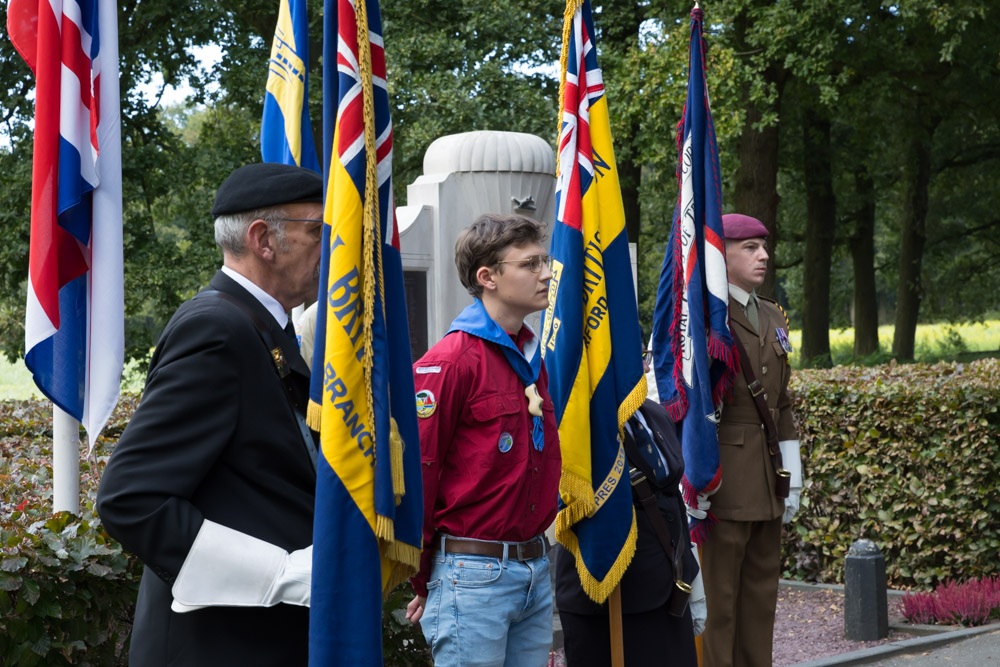
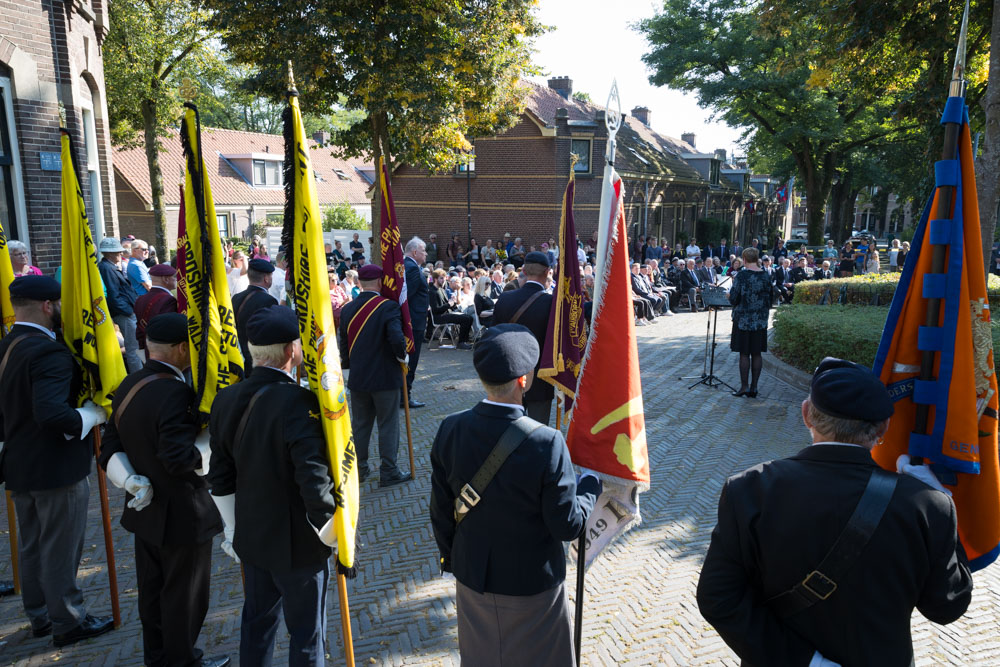
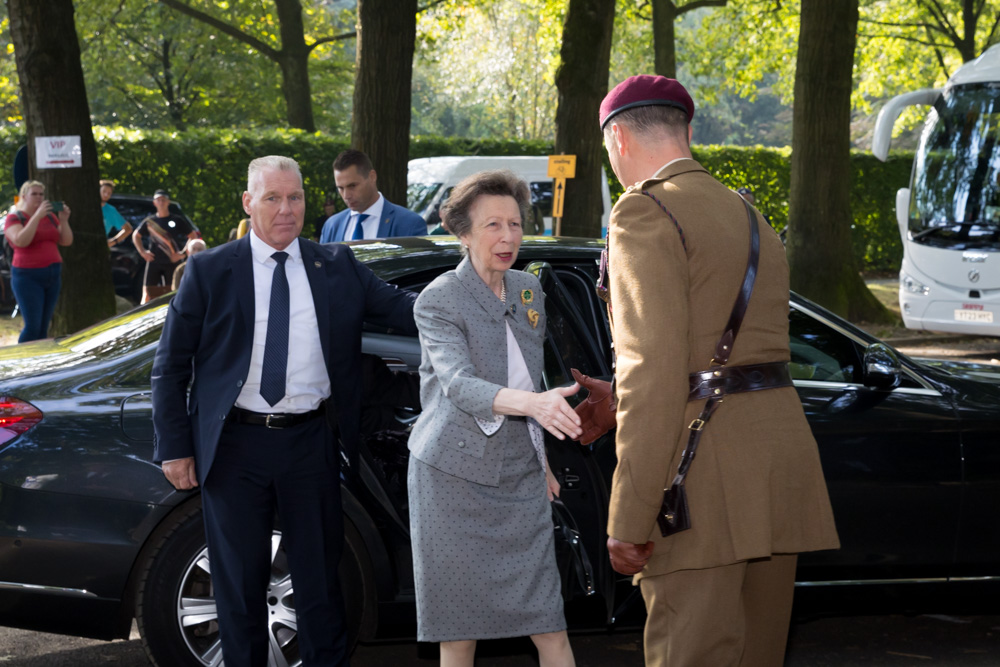
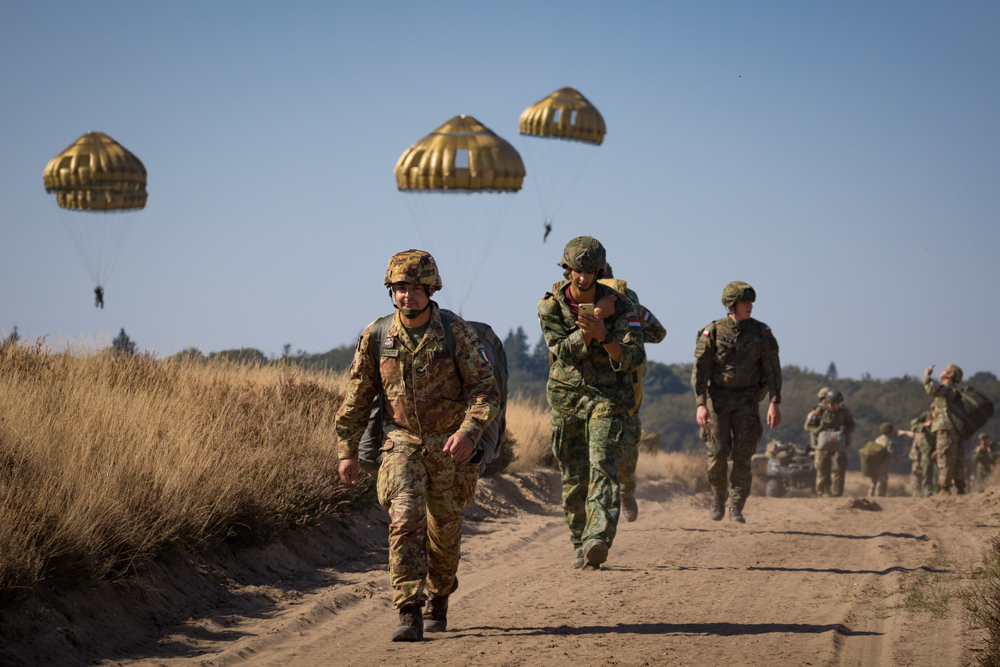
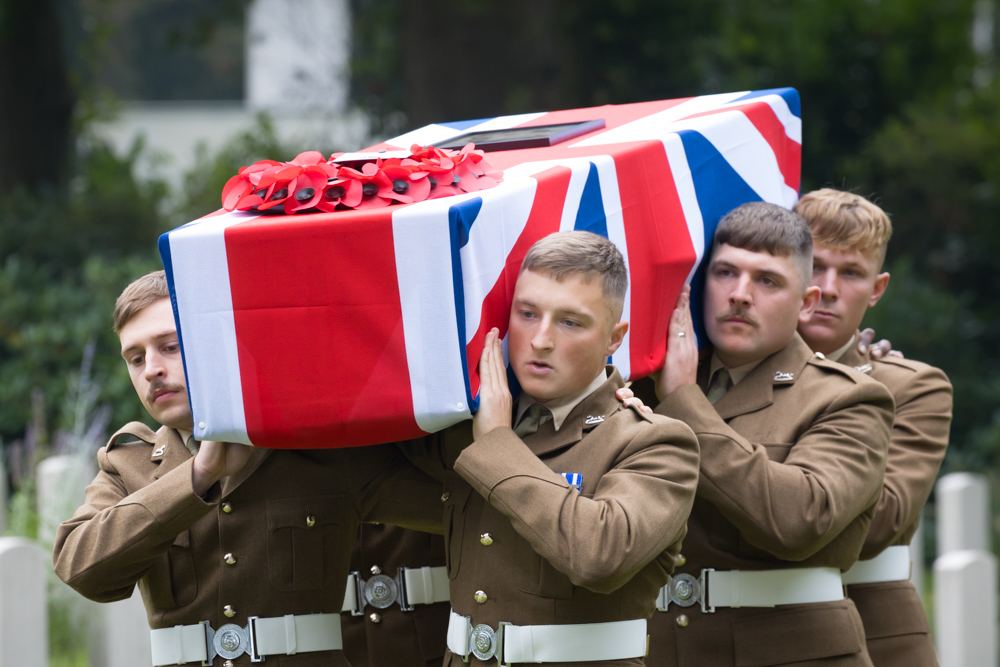
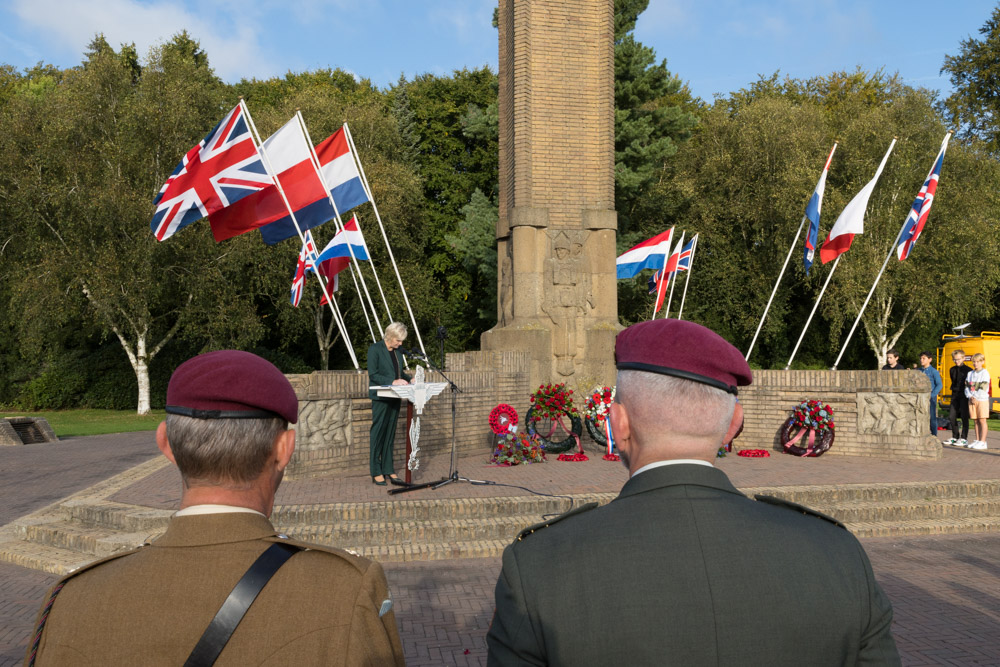
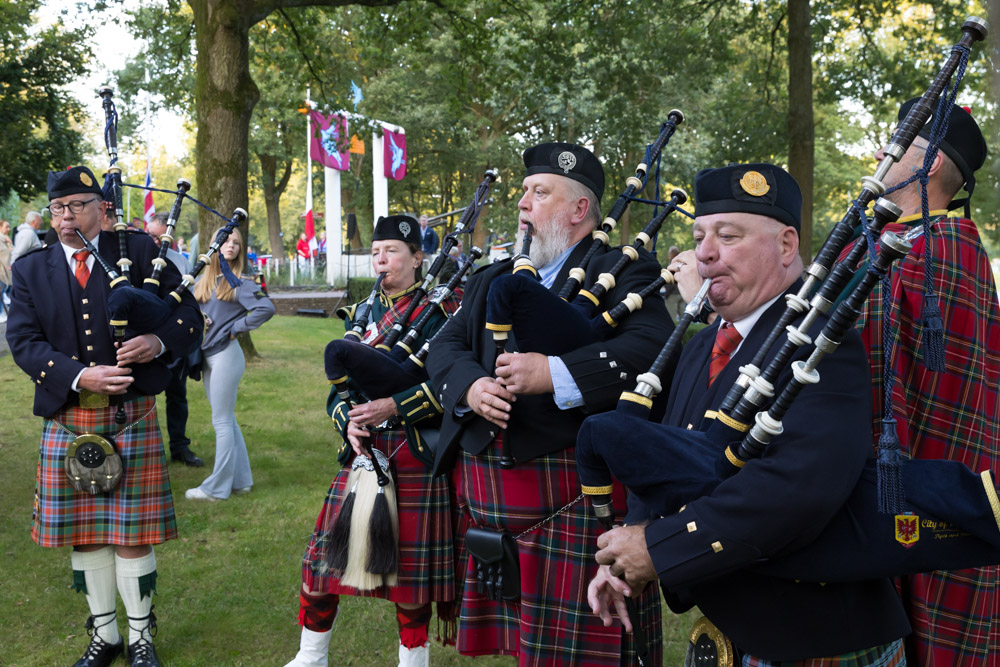
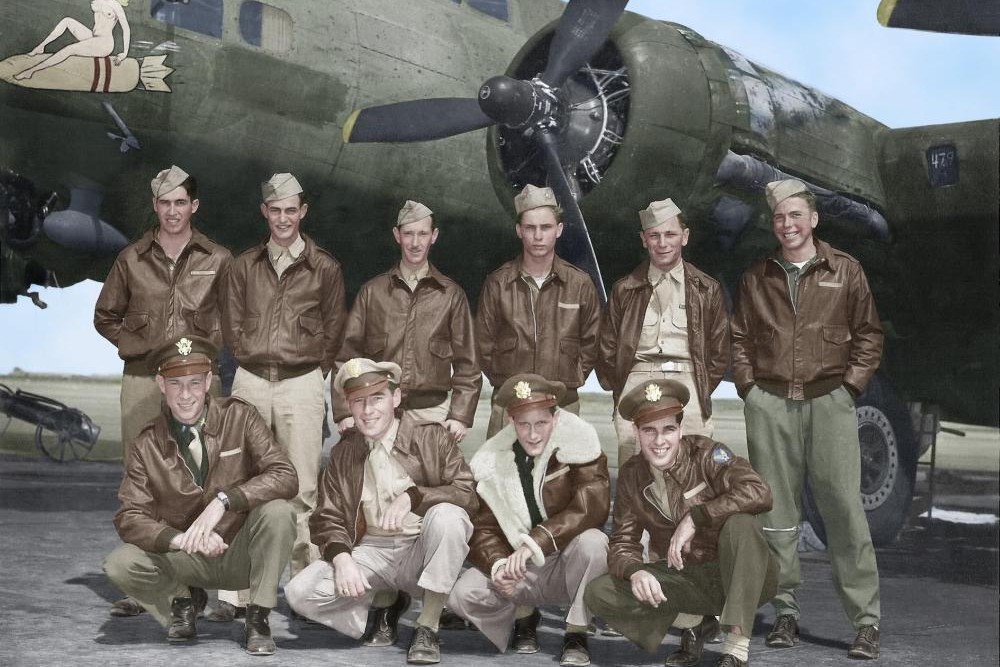
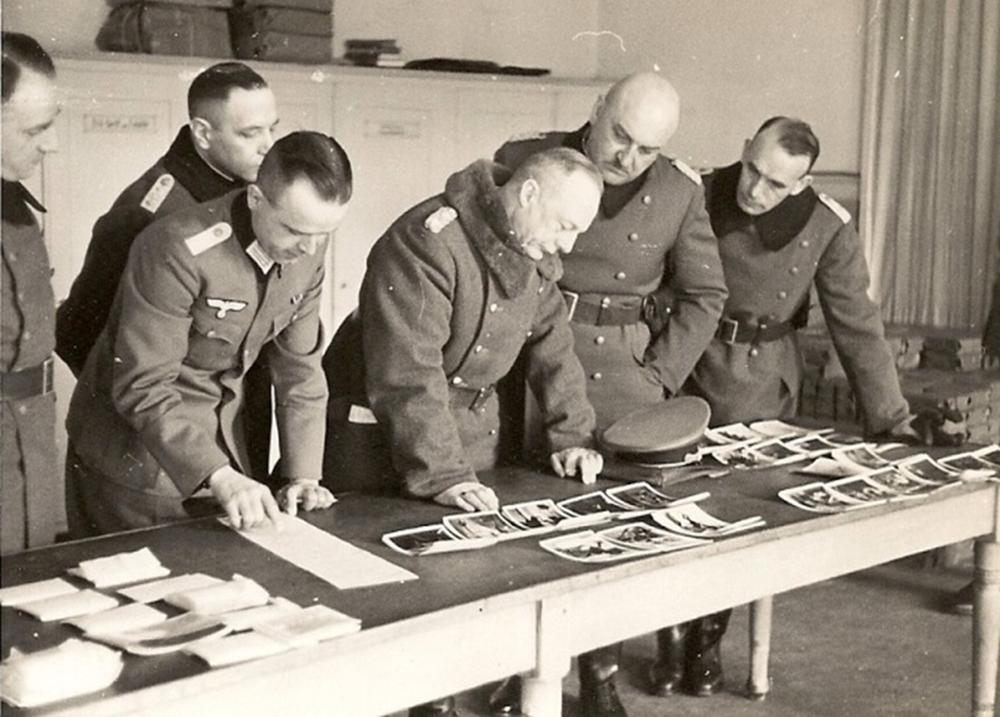
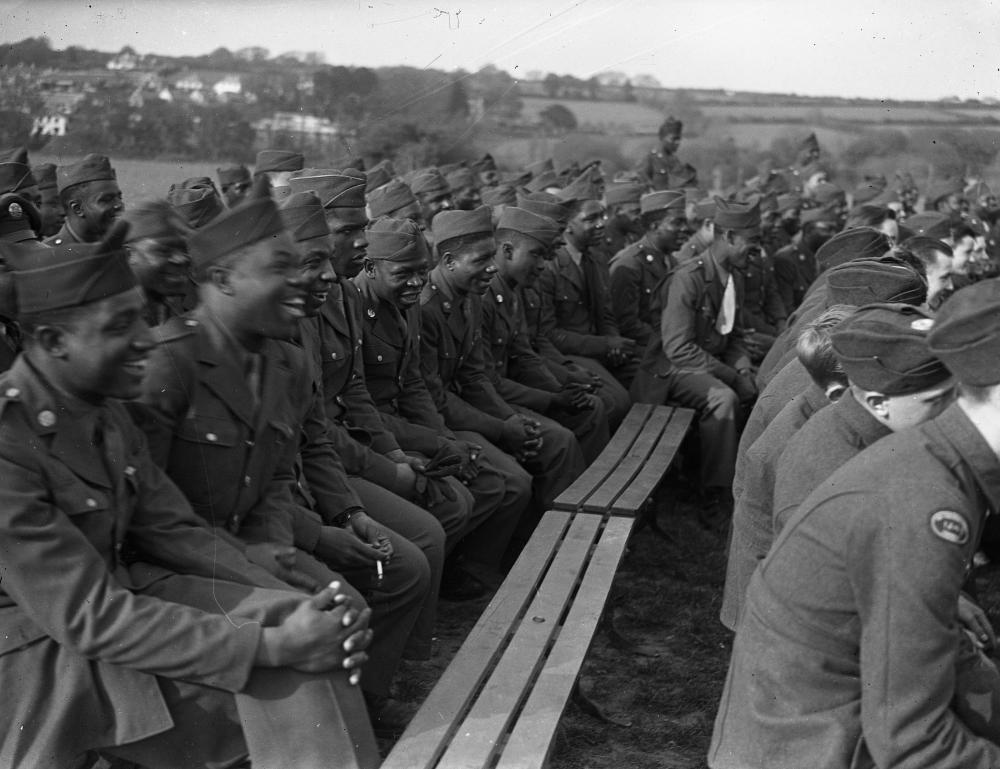
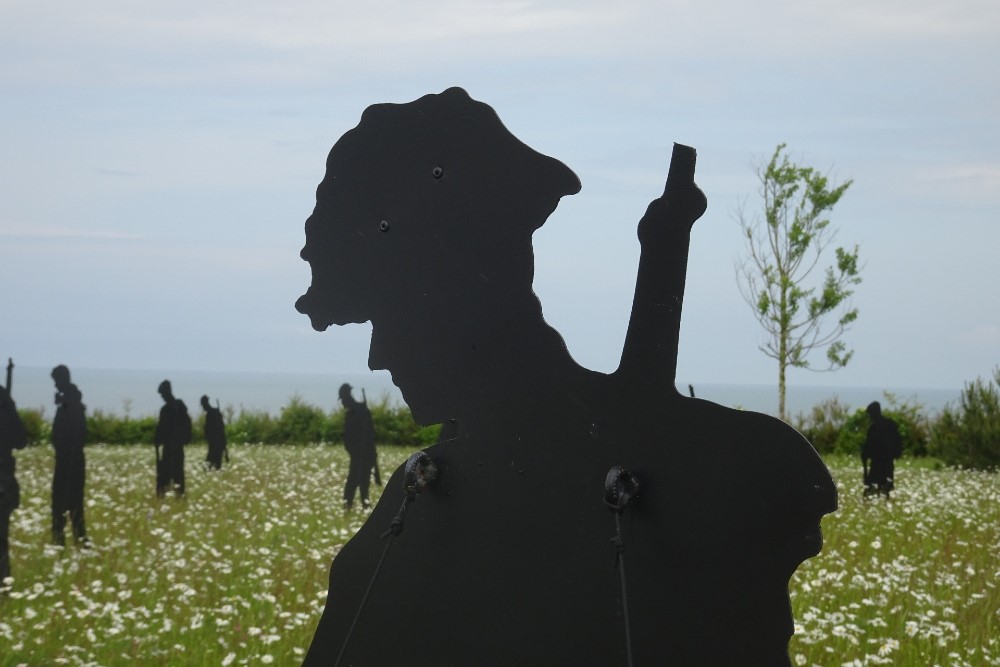
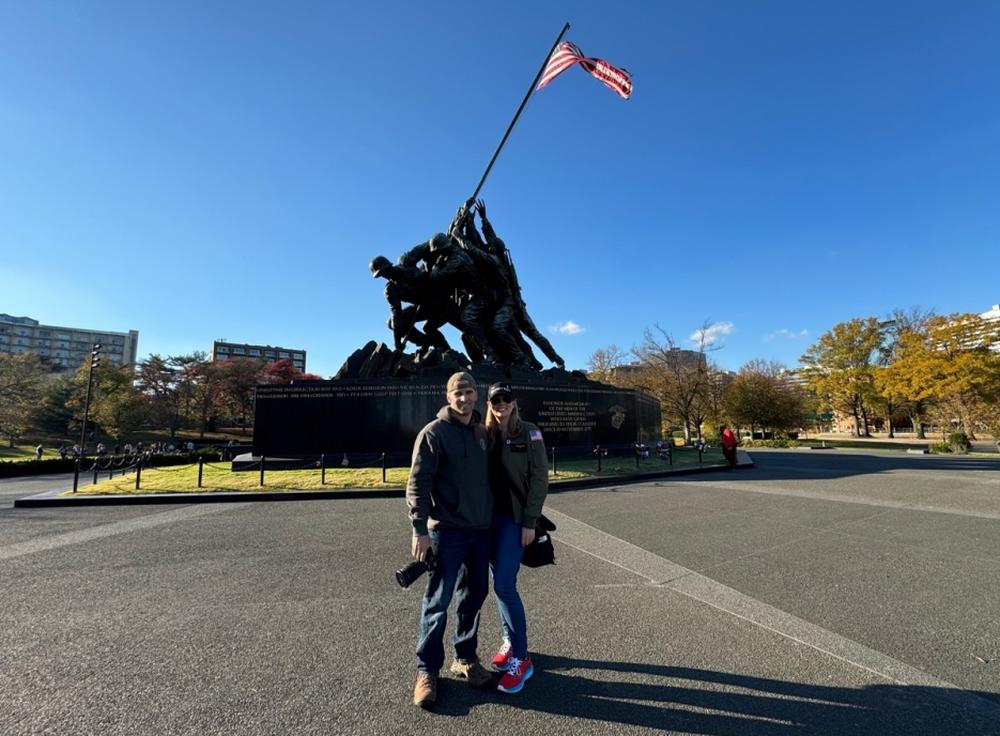
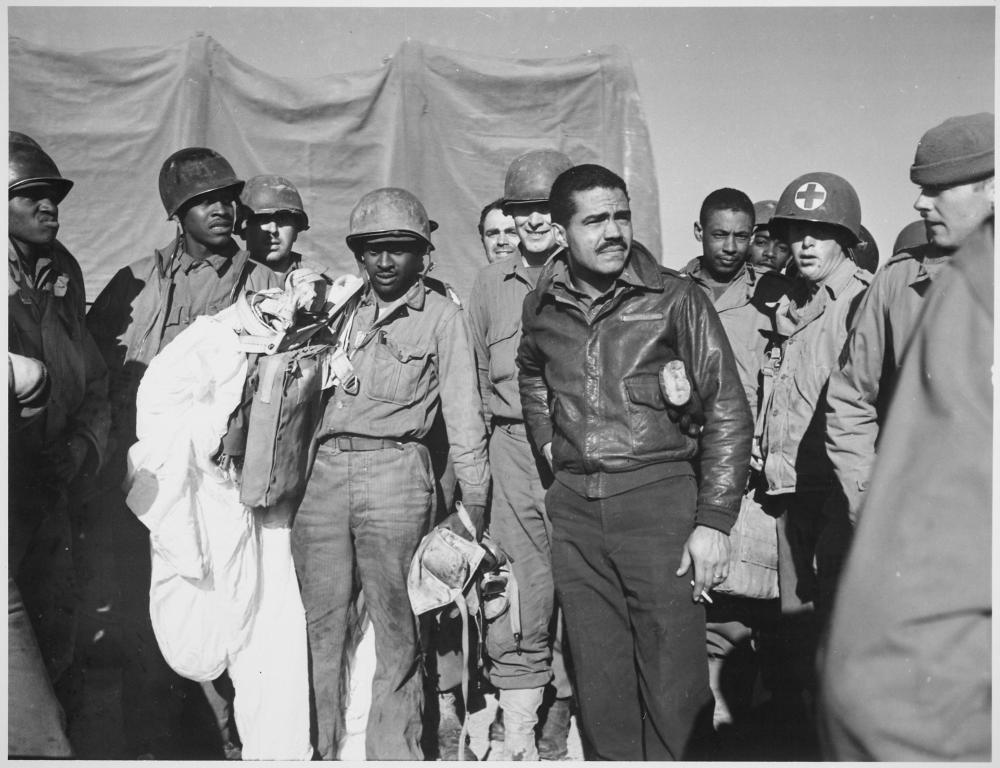

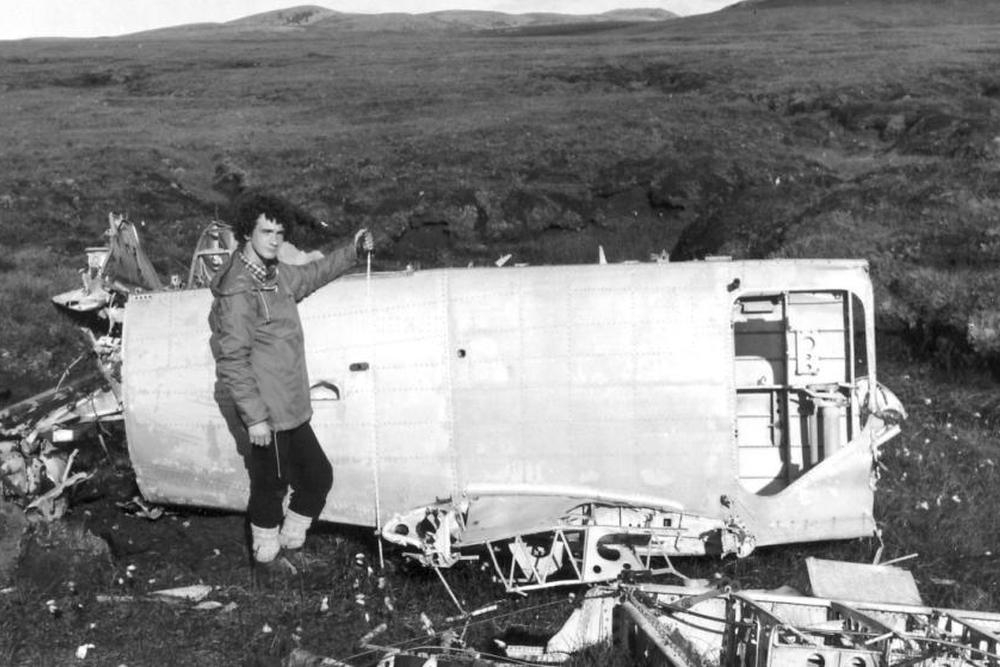
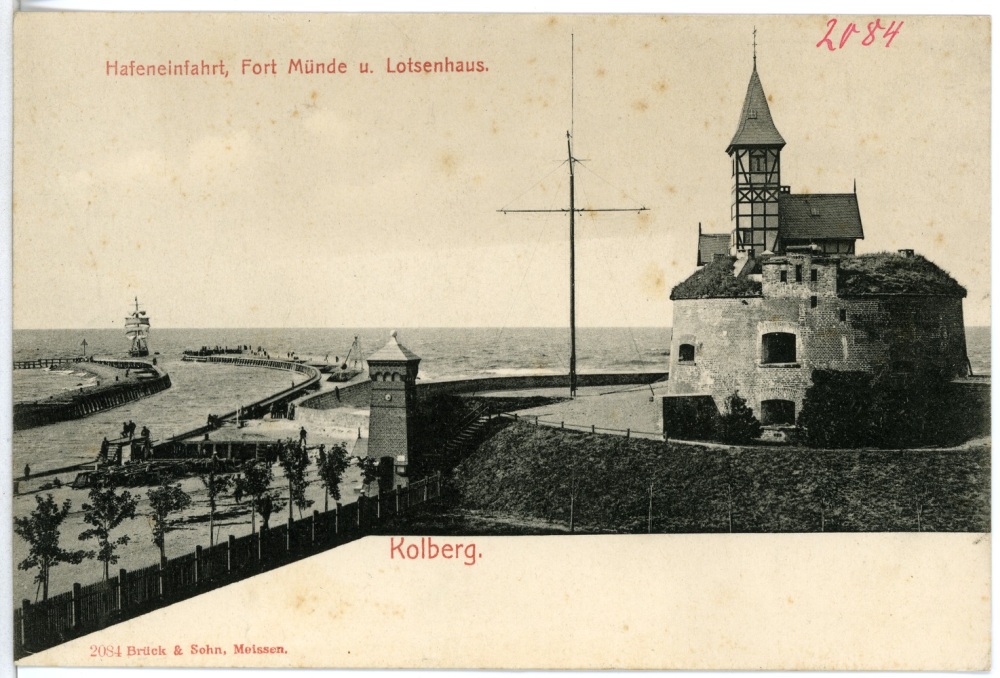
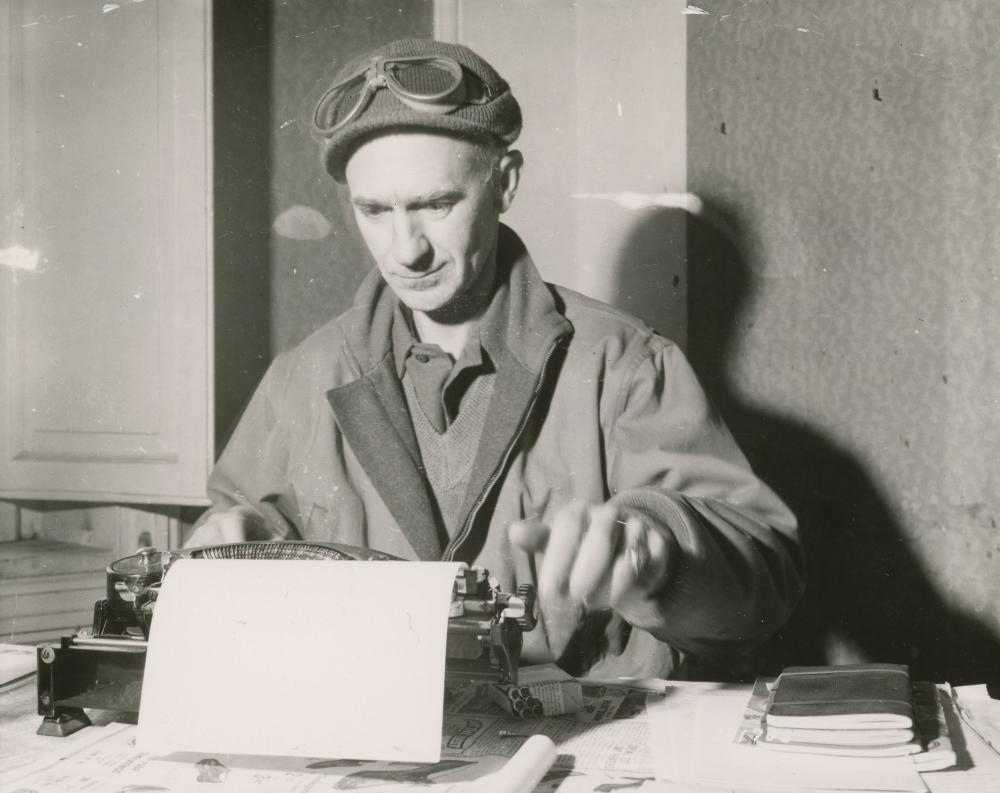

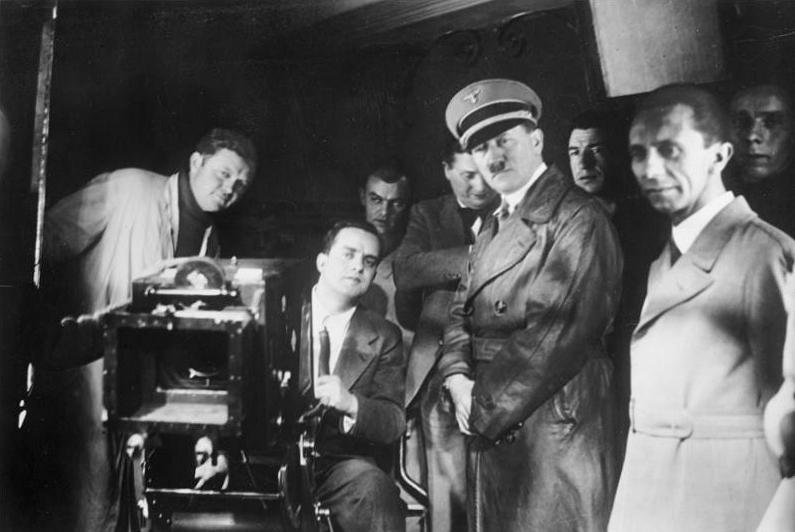
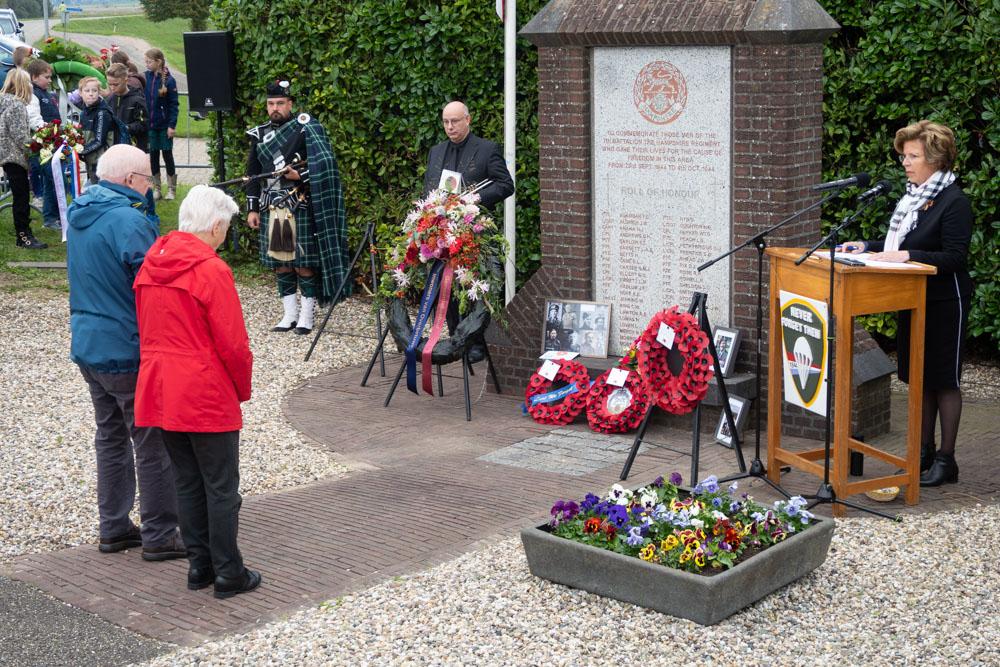

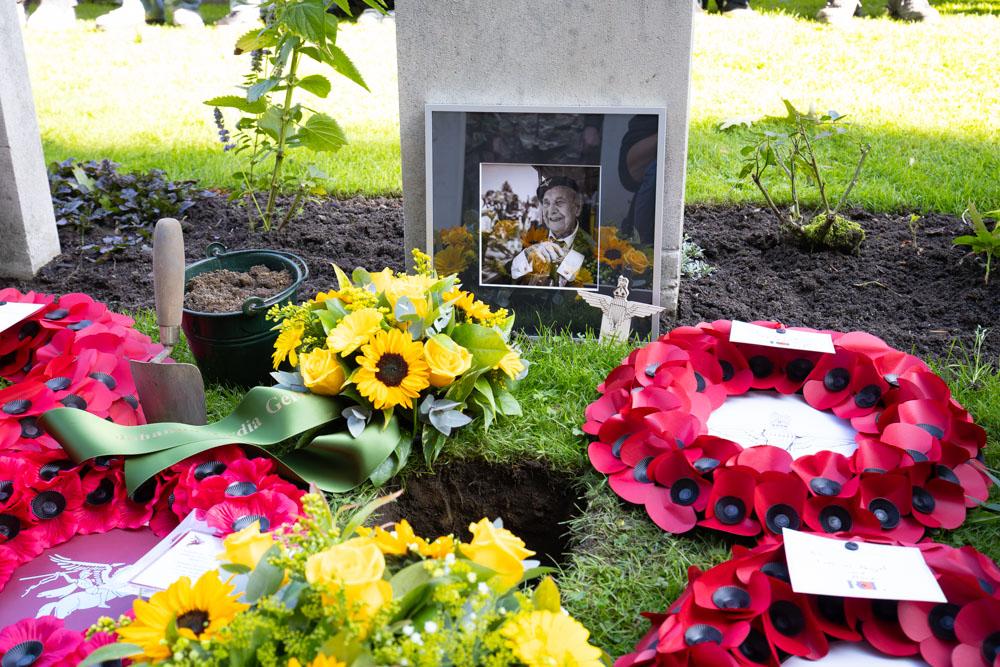
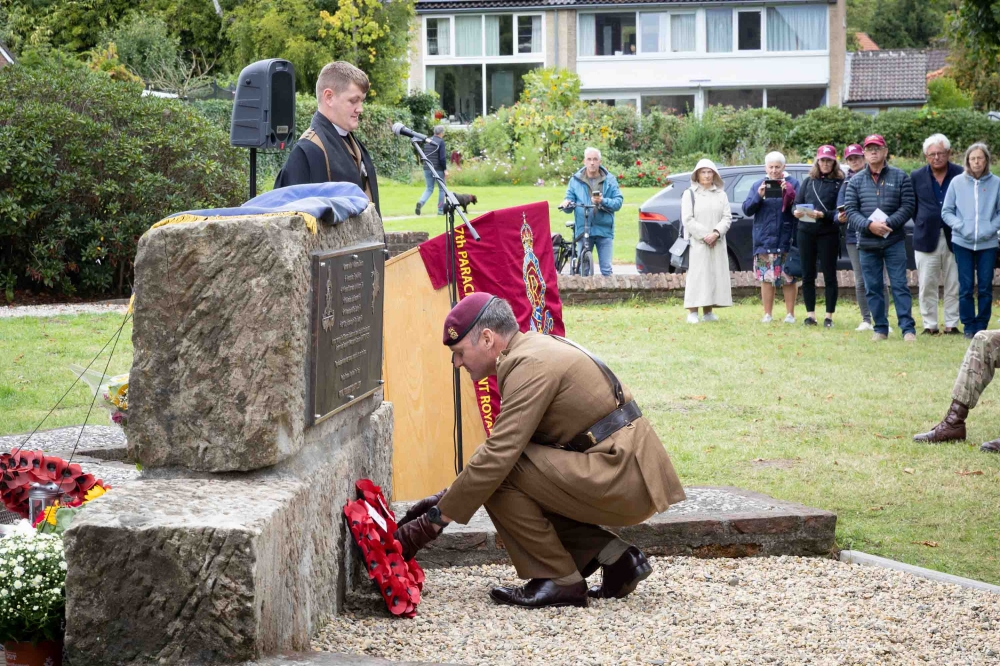

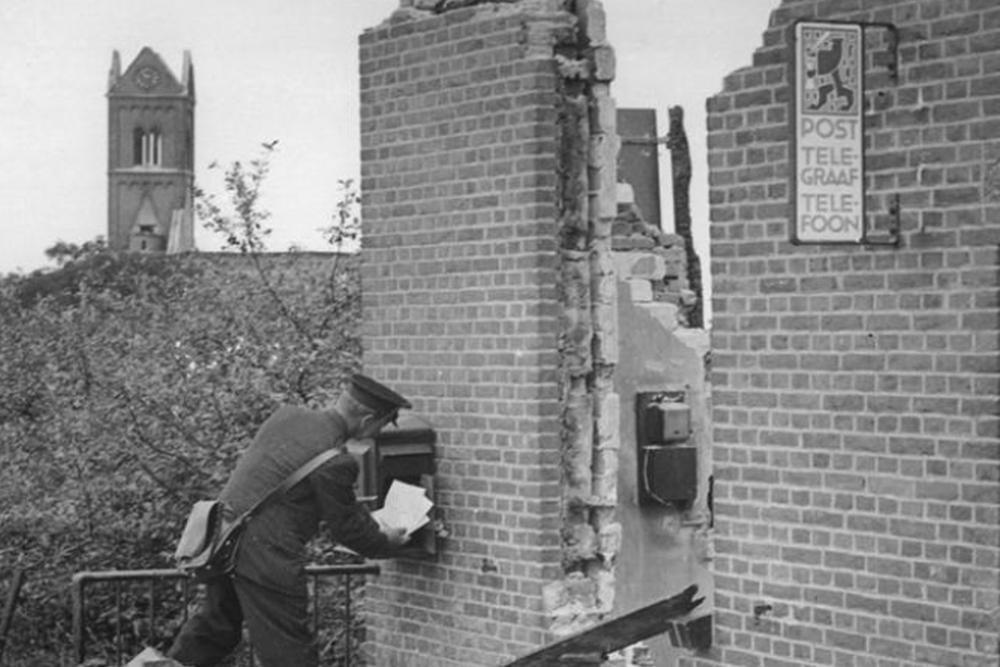
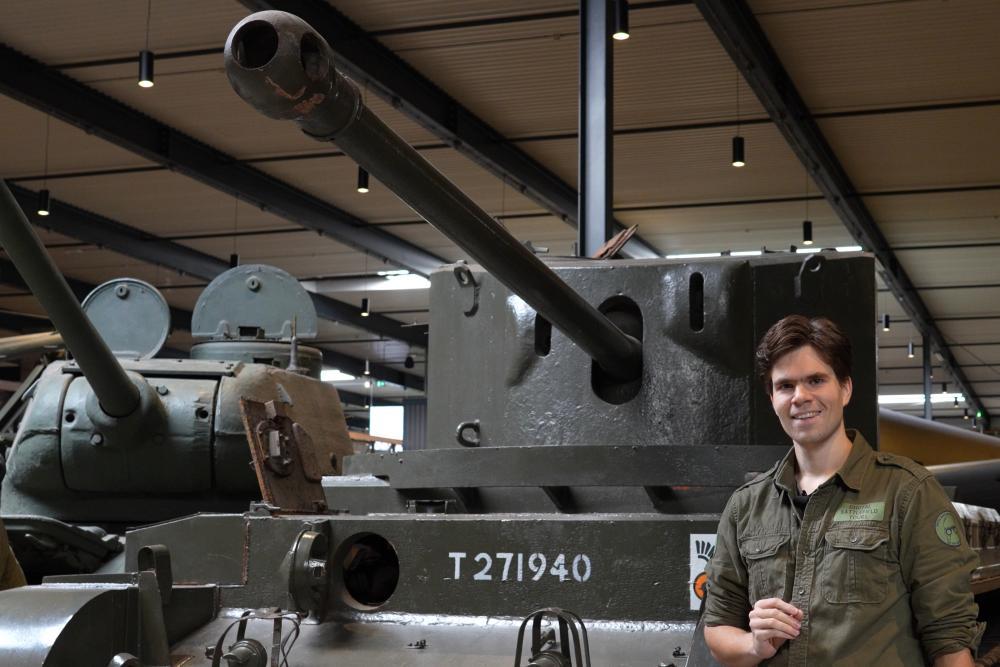
![World War 2 Youtube Series - Through The Gates of Hell - D-Day [Part 2]](https://www.mystiwot.nl/myst/upload/3061230608083042.jpg)
![World War 2 Youtube Series - Piercing the Atlantic Wall- D-Day [Part 3]](https://www.mystiwot.nl/myst/upload/9530230608083042.jpg)
![World War 2 Youtube Series - German Counterattack - D-Day [Part 4]](https://www.mystiwot.nl/myst/upload/9339230608083042.jpg)
![World War 2 Youtube Series - Invasion by Air - D-Day [Part 1]](https://www.mystiwot.nl/myst/upload/1513230606173950.jpg)

